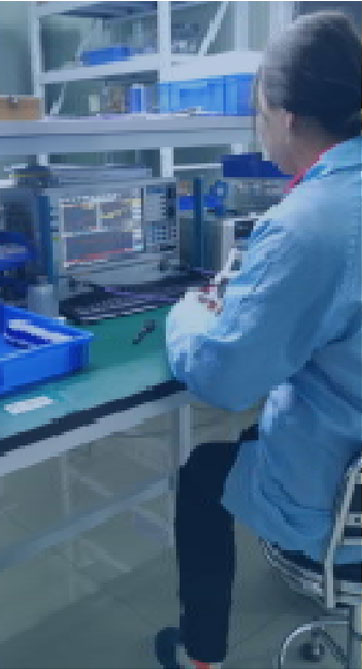
PIN diodes have evolved into key components for microwave and RF applications due to their built-in device properties Their quick conductive to nonconductive switching and compact capacitance with limited insertion loss make them perfect for switches modulators and attenuators. The essential process enabling PIN diode switching is manipulating current through the diode using a biasing voltage. Biasing the diode adjusts the depletion region size in the p-n junction, changing its conductive state. Varying the bias voltage facilitates reliable high-frequency switching of PIN diodes with small distortion penalties
When precise timing and control are needed PIN diodes are frequently embedded within advanced circuit configurations They operate within RF filter topologies to control the passing or blocking of chosen frequency bands. Also their capacity to manage high power signals makes them applicable to amplifiers power dividers and signal generators. Miniaturization and improved efficiency of PIN diodes have extended their usefulness across wireless systems and radar platforms
Coaxial Switch Design Principles and Analysis
Coaxial switch design is a sophisticated process involving many important design considerations A switch’s performance is determined by its type frequency range and how well insertion loss is controlled. Coaxial switch optimization emphasizes low insertion loss combined with high interport isolation
Analyzing performance involves measuring important parameters like return loss insertion loss and port isolation. Metrics are assessed using simulation tools theoretical modeling and laboratory measurements. Accurate performance evaluation is key to ensuring coaxial switches operate dependably
- Analytical methods simulation packages and experimental testing are standard approaches to coaxial switch analysis
- Temperature fluctuations impedance mismatch and manufacturing inconsistencies can strongly alter switch performance
- Novel developments and recent trends in coaxial switch design pursue performance gains alongside miniaturization and power savings
Optimizing Low Noise Amplifier Architectures
Enhancing the performance efficiency and gain of a Low Noise Amplifier is vital for preserving signal integrity in many systems That involves meticulous transistor choice biasing arrangements and topology selection. A strong LNA design reduces noise contribution and boosts signal amplification with minimal distortion. Analytical and simulation tools are vital for studying how design variations affect noise. Reducing the Noise Figure remains the design target to ensure strong signal retention with minimal added noise
- Selecting devices that exhibit low intrinsic noise is a primary consideration
- Correctly applied bias conditions that are optimal and suitable are vital for low noise
- Circuit layout and topology have substantial impact on noise characteristics
Tactics like impedance matching noise mitigation and feedback regulation advance LNA performance
Pin Diode Switch Based Signal Routing
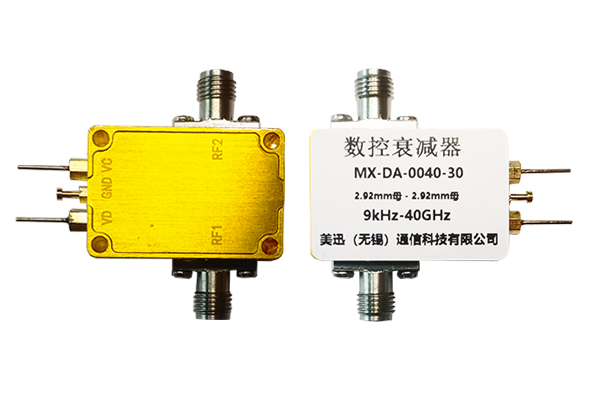
Pin diode switch arrangements provide adaptable and low-loss routing for RF signal management These devices switch rapidly enabling active dynamic routing of RF paths. PIN diodes provide the dual benefit of small insertion loss and high isolation to protect signals. Use cases include antenna selection duplexer networks and phased array antennas
Voltage control varies the device resistance and thus controls whether the path is conductive. In the open or deactivated condition the device offers large resistance that prevents signal passage. A positive bias drives the diode into lower resistance so RF energy can pass through
- Moreover furthermore additionally PIN diode switches provide quick switching low energy use and small form factors
Diverse design options and architectures for PIN diode networks allow implementation of sophisticated routing functions. Arranging multiple switches in networked matrices enables flexible routing and dynamic configuration
Coaxial Microwave Switch Testing and Evaluation
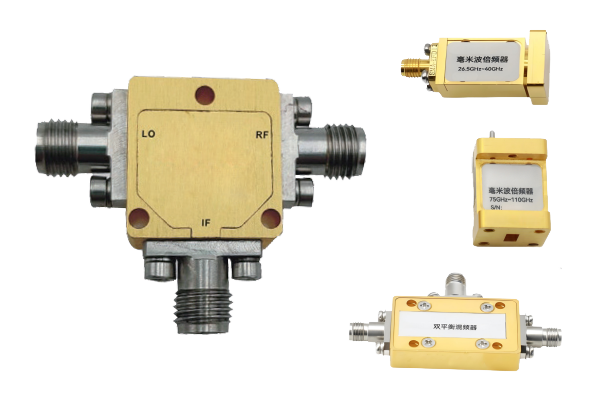
Detailed assessment and testing validate coaxial microwave switches for optimal function across electronic systems. Numerous various and diverse factors influence switch performance such as insertion reflection transmission loss isolation switching speed and bandwidth. Thorough evaluation entails measurement of these parameters under diverse operational environmental and testing circumstances
- Additionally furthermore moreover the assessment must address reliability robustness durability and tolerance to severe environments
- In the end the outcome of rigorous evaluation supplies essential valuable and critical information for switch selection design and optimization
Comprehensive Review on Reducing Noise in LNA Circuits
Low noise amplifier designs are vital to RF wireless systems for amplifying weak signals and controlling noise. This review presents a thorough examination analysis and overview of noise mitigation strategies for LNAs. We explore investigate and discuss principal noise contributors like thermal shot and flicker noise. We also examine noise matching feedback circuitry and optimal biasing strategies to mitigate noise contributions. It showcases recent advancements such as emerging semiconductor materials and creative circuit concepts that reduce noise figures. By summarizing key noise suppression principles and practices the review assists engineers and researchers developing high performance RF systems
Applications of PIN Diodes for Fast Switching
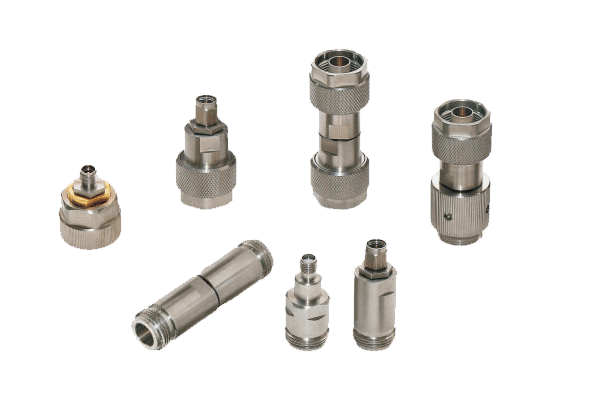
PIN diodes possess remarkable unique and exceptional traits that fit them well for high speed switching systems Low capacitance combined with low resistance produces rapid switching for applications requiring precise timing. PIN diodes’ adaptive linear voltage response permits precise amplitude modulation and switching. This flexible adaptable versatile behavior makes PIN diodes suitable applicable and appropriate for varied high speed roles Examples include optical communications microwave circuits and signal processing devices equipment and hardware
Integrated Circuit Solutions for Coaxial Switching
Integrated circuit coaxial switch technology marks a significant advancement in signal routing processing and handling within electronic systems circuits and devices. Such integrated circuits are built to control manage and direct signal flow over coaxial lines while delivering high frequency performance and low propagation or insertion latency. IC miniaturization enables compact efficient reliable and robust designs ideal for dense interfacing integration and connectivity needs
- By carefully meticulously and rigorously applying these approaches designers can realize LNAs with outstanding noise performance enabling sensitive reliable electronic systems Through careful meticulous and rigorous application of such methods engineers can design LNAs with top tier noise performance enabling dependable sensitive systems Through careful meticulous and rigorous implementation of these approaches engineers can achieve LNAs with exceptional noise performance supporting sensitive reliable systems pin diode switch Through careful meticulous and rigorous implementation of these approaches engineers can achieve LNAs with exceptional noise performance supporting sensitive reliable systems
- Use scenarios include telecommunications data communication systems and wireless networks
- Coaxial switch IC implementations support aerospace defense and industrial automation applications
- Consumer electronics A V devices and test measurement apparatus make use of IC coaxial switch technologies
LNA Design Challenges for mmWave Frequencies
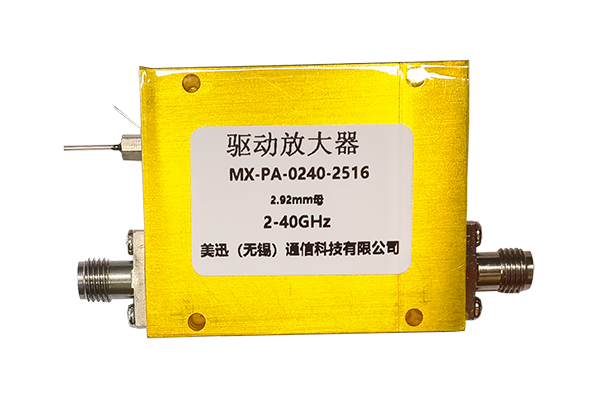
Designing for mmWave requires accounting for high attenuation and pronounced noise effects. Component parasitics strongly influence mmWave performance mandating careful PCB layout and component choice. Minimizing input mismatch and maximizing power gain are critical essential and important for LNA operation in mmWave systems. Choosing appropriate active devices like HEMTs GaAs MESFETs or InP HBTs is key to achieving low noise at mmWave bands. Moreover additionally furthermore the development implementation and tuning of matching networks plays a vital role in ensuring efficient power transfer and impedance match. Consideration of package parasitics is required because they may adversely impact LNA performance at mmWave. The use of low-loss lines and careful ground plane planning is essential necessary and important to limit reflections and sustain bandwidth
Characterization Modeling Approaches for PIN Diodes in RF Switching
PIN diodes exist as key components elements and parts in several RF switching applications. Comprehensive accurate and precise characterization of these devices is essential to enable design development and optimization of reliable high performance circuits. Part of the process is analyzing evaluating and examining their electrical voltage current characteristics like resistance impedance and conductance. Also measured are frequency response bandwidth tuning abilities and switching speed latency or response time
Furthermore moreover additionally accurate model and simulation development for PIN diodes is vital essential and crucial for behavior prediction in RF systems. Different modeling methods like lumped element distributed element and SPICE models exist. Choosing the right model simulation or representation depends on specific detailed particular application requirements and desired required expected accuracy
High End Approaches for Low Noise Amplifier Design
Engineering LNAs demands careful topology and component decisions to achieve superior noise performance. Recent emerging and novel semiconductor progress has enabled innovative groundbreaking sophisticated design approaches that reduce noise markedly.
Among the techniques are utilizing implementing and employing wideband matching networks integrating low noise high intrinsic gain transistors and refining biasing schemes strategies and approaches. Moreover additionally furthermore sophisticated packaging and thermal control solutions significantly help reduce noise contributions from outside sources. By meticulously carefully and rigorously adopting these practices designers can deliver LNAs with excellent noise performance supporting reliable sensitive systems
